Al-Andalus
Medina Azahara, Cordoba
I traveled all across Spain, but the place that left the most lasting impression on me was Andalusia. Once the heart of the Umayyad Caliphate, Andalusia flourished as a center of Islamic culture and art until 1492, when the Nasrid dynasty fell to the united kingdoms of Aragon and Castile.
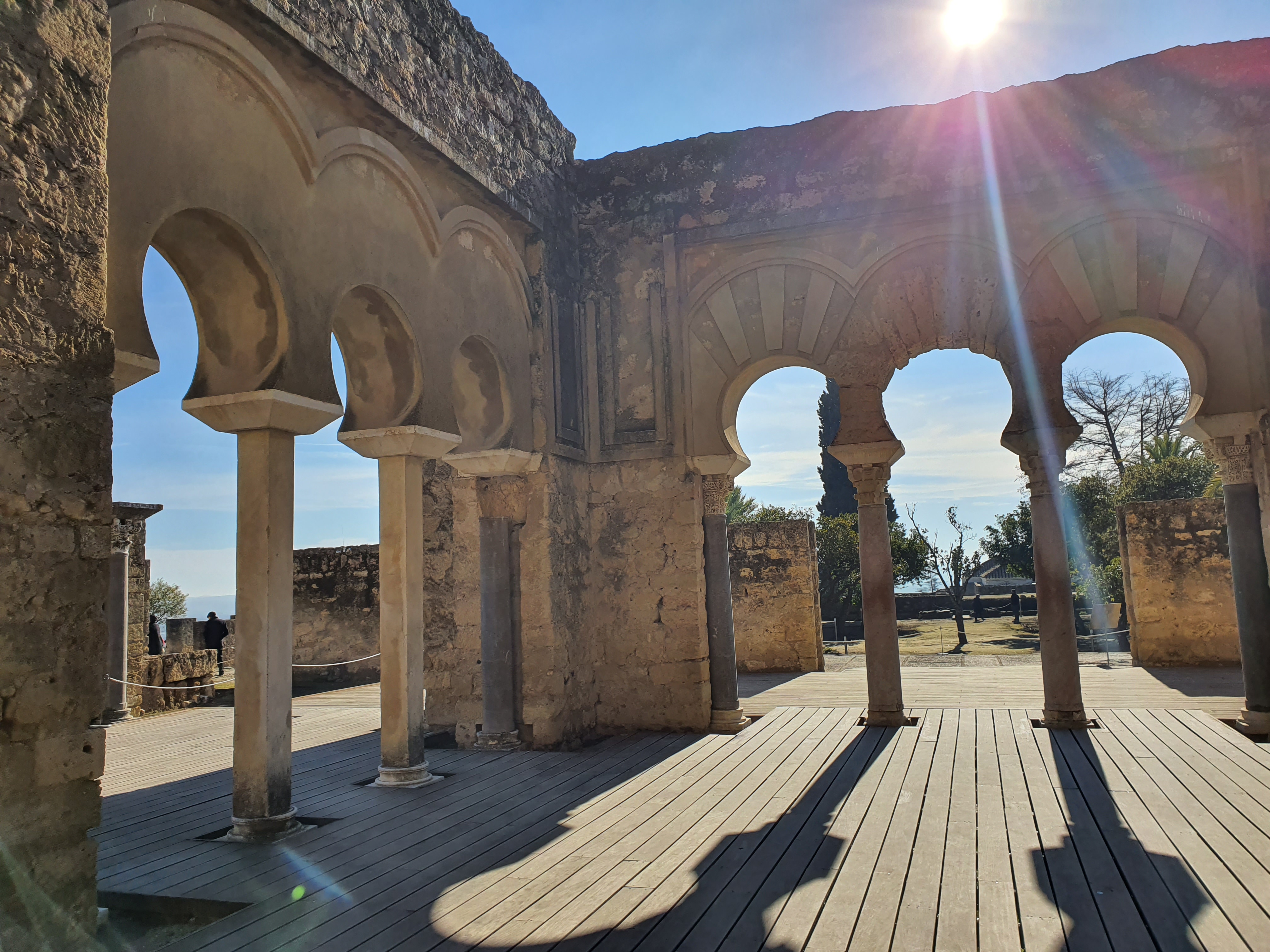
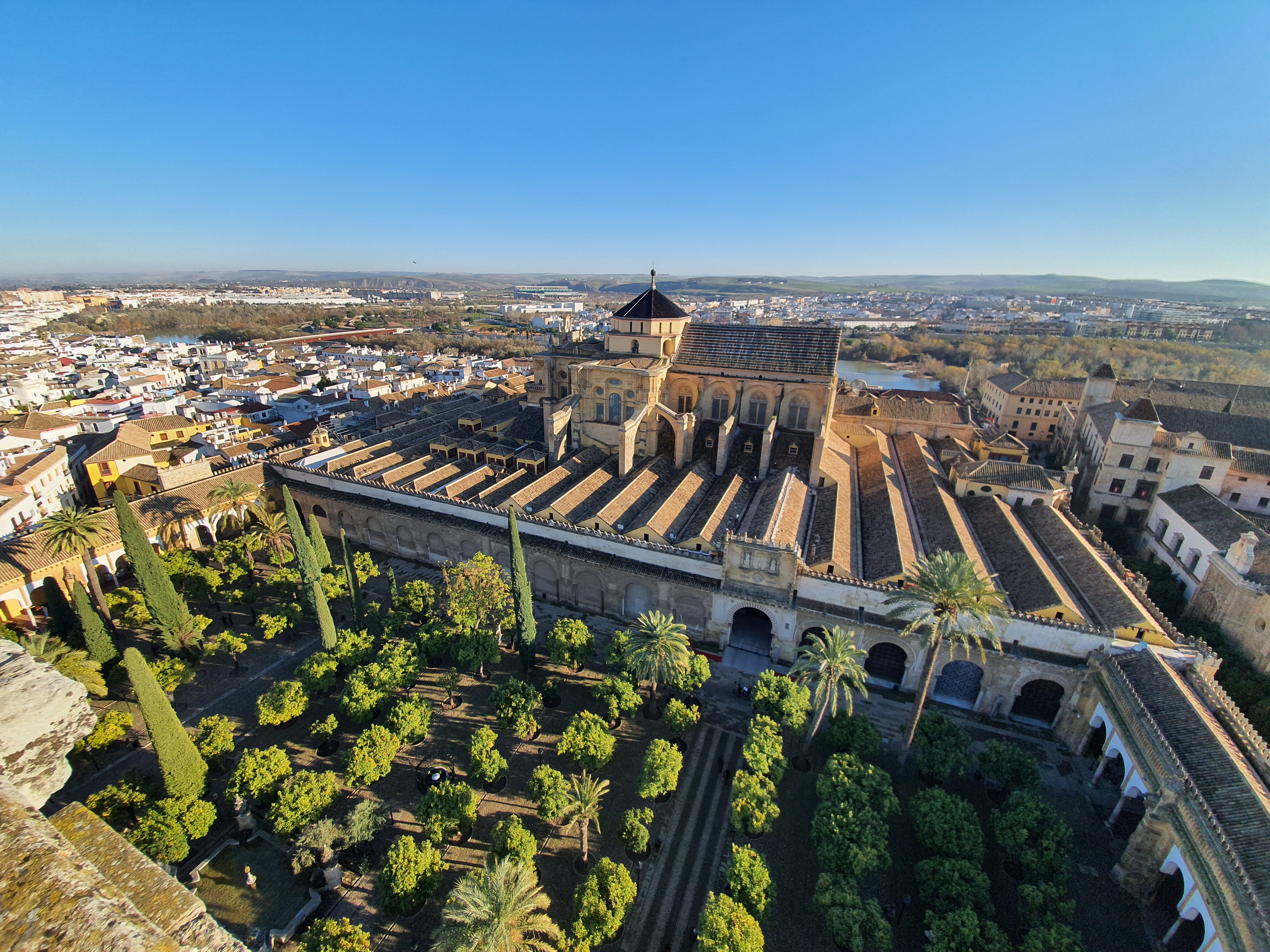

Naturally, similar historical sites are scattered across Morocco, just beyond the Strait of Gibraltar.
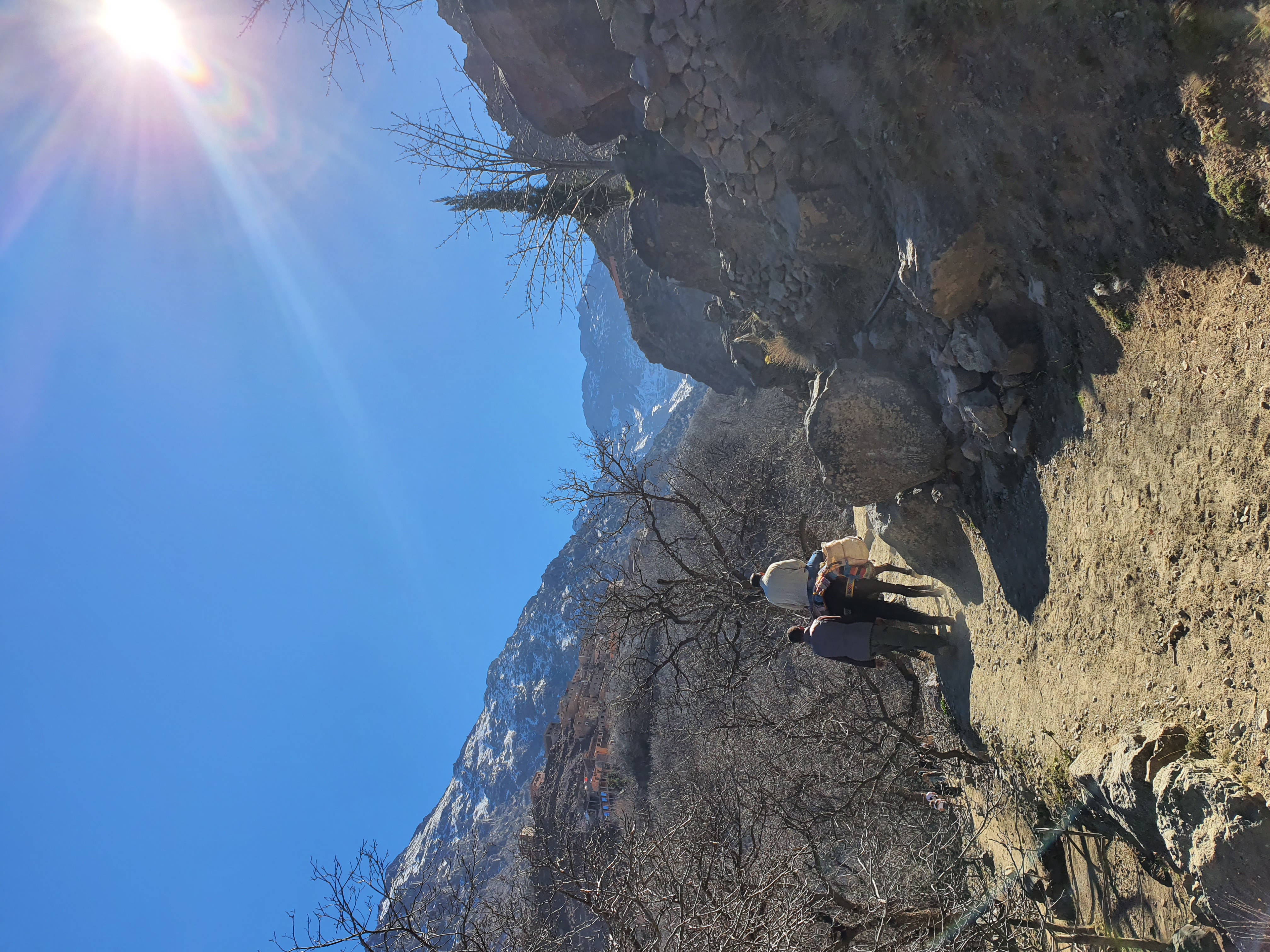
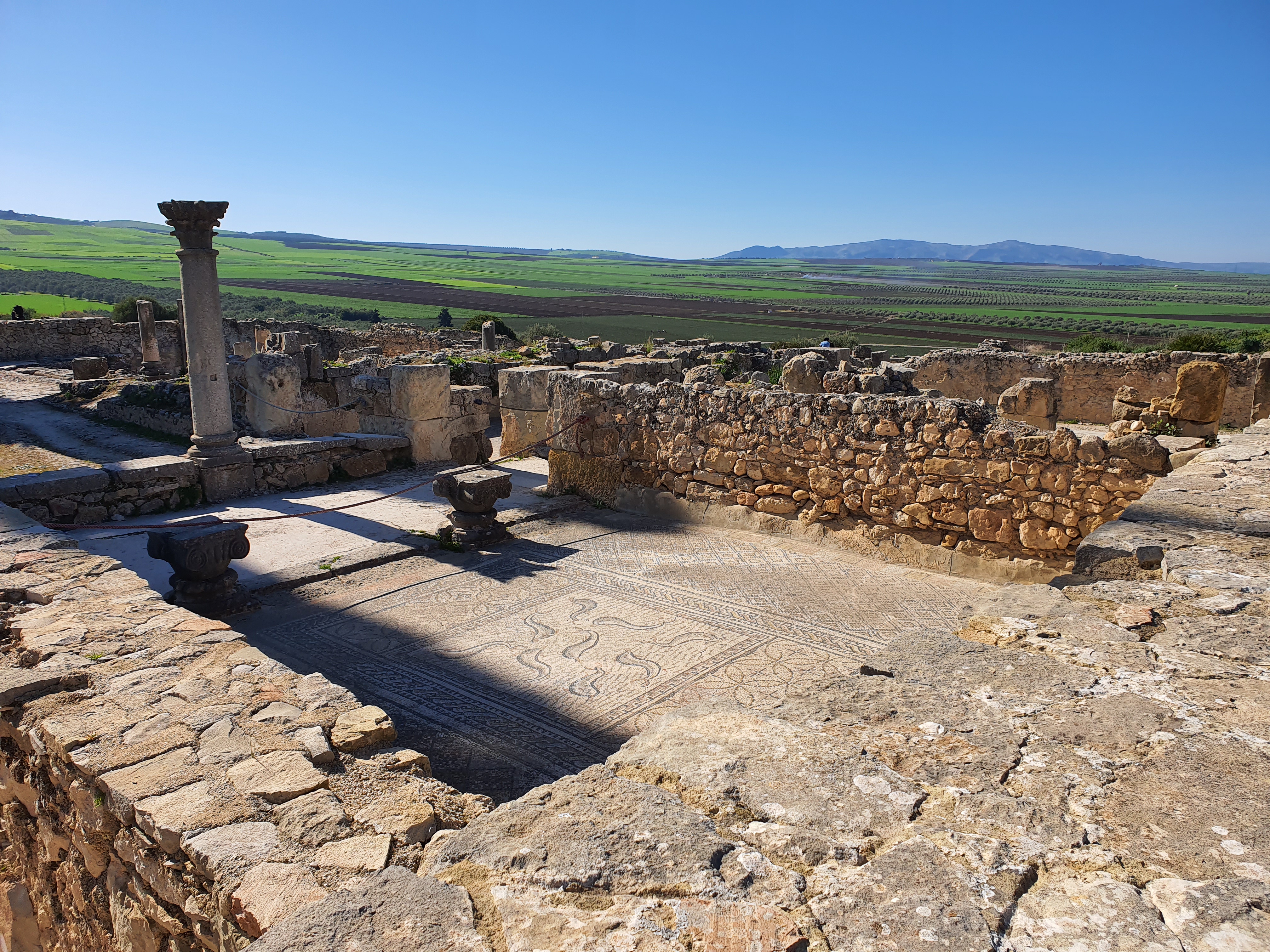
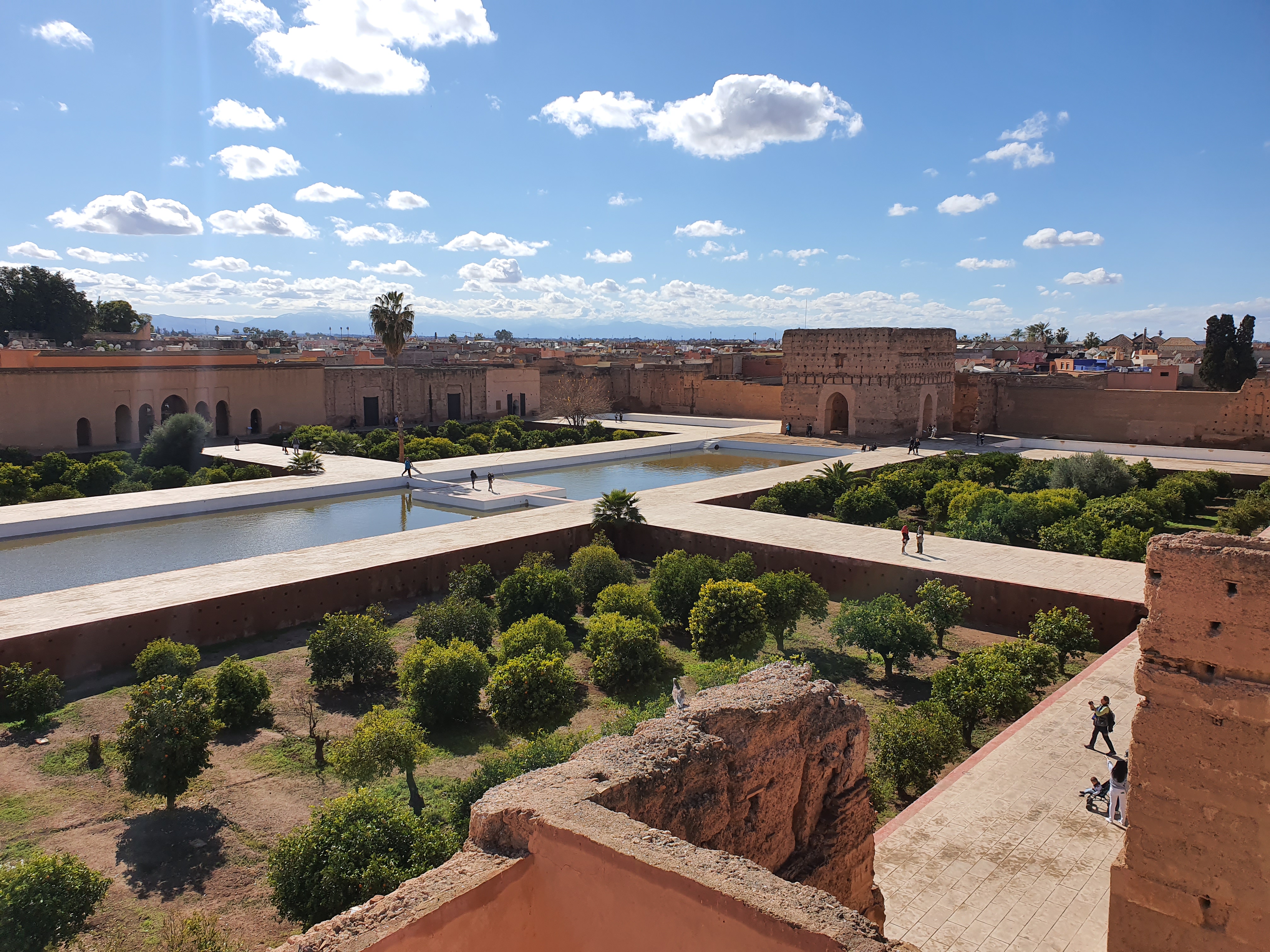
Historically, the two sides of the Strait of Gibraltar have seen significant exchange and interaction. According to Greek mythology, the Atlas Mountains once stretched all the way to Europe until Hercules split them, creating the Mediterranean Sea. During the Roman era, both sides fell under Roman influence, as evidenced by the magnificent ruins of Volubilis in northern Morocco, showcasing the glory of that time.
The palace ruins in Marrakesh bear a striking resemblance to the Alhambra in Spain, featuring Persian-style courtyards, Arab-influenced architecture, and the unique colors characteristic of Berber design. When Morocco’s power grew, it would extend into the Iberian Peninsula, and when Iberian forces strengthened, they sought control over Morocco.
In modern times, the migration of many Moroccans across the strait to Europe could be seen as history repeating itself, weaving a continuous thread of exchange between the two regions.